Brownstone Boys: We Share Our Secrets About the Costs of Renovating a Brownstone
If you plan to buy a fixer-upper and transform it into your dream home, you have to understand the renovation cost to know if you can afford the purchase price.

Editor’s note: Welcome to the Brownstone Boys Reno, a reader renovation diary about renovating a brownstone in Bed Stuy. See the first one here. They also blog at www.thebrownstoneboys.com.
Living in a historic brownstone or townhouse in Brooklyn or beyond is the dream of many people. The original woodwork, beautiful plaster moldings, grand staircases and iconic stoops on tree-lined streets are too seductive to just admire from afar.
You might have come to the conclusion that the best path forward to having one of your own is to buy a fixer-upper and transform it into your dream home. Seeing the price tag of available listings is pretty straightforward, but what about the renovation? How much does it cost to restore those beautiful 100-plus-year-old original features, create spaces for modern living, and repair the home to last another 100 years? It’s difficult to understand whether the purchase price is feasible without also understanding the other side of the equation.
A good place to start is trying to get a handle on exactly how much work is needed. There are two basic things you’ll want to understand: What is the condition of the place and how much you’re changing the configuration.
If you visit a home and see the kitchens and bathrooms are located where you want them and they appear to have been modernized in the last couple of decades, you might be able to get away with a smaller-scope, cosmetic project. OTOH, if you walk in and see aging mechanicals, deteriorating plaster, sagging floors, as well as a kitchen on the wrong floor and bathrooms in entirely wrong places, then the most likely scenario is that is that you’re going to be doing a fairly large-scope renovation. That doesn’t at all mean that the historic features and charm would be removed, but it will take some work to restore it all and integrate it to create your modern with historic charm dream home.
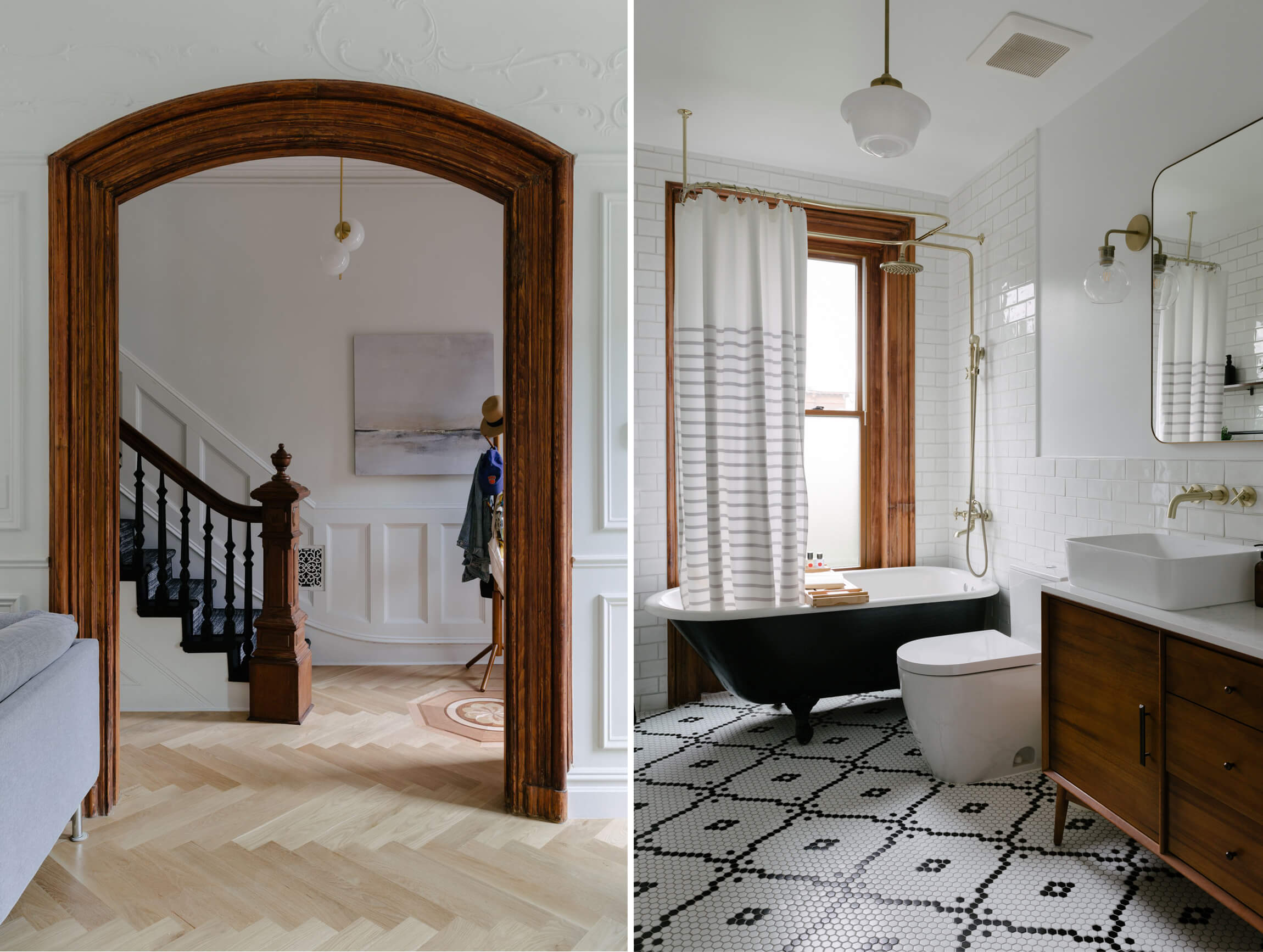
We have a secret to tell you. It might be the best piece of advice we have for anyone shopping for a fixer-upper townhouse.
When you bounce around from open house to open house, you’ll see places you immediately know will be a huge project: plaster falling off the ceiling, carpet that reeks of cat urine, old dirty bathrooms and ancient electrical panels. And you’ll see places that look entirely habitable: Freshly painted walls, historic charm in great shape, a kitchen that looks like it was installed within the decade (be it in the wrong place), and electrical that doesn’t look like a fire hazard.
With the latter, you might think you have hit the jackpot on a place that just needs some walls moved and some TLC. You might think that although the purchase price tag is higher at least it is a smaller renovation.
Our word of warning is the project size and cost may not be all that different between these two types of properties. If your plan includes moving bathrooms, creating a big, beautiful primary bathroom and closet, reconfiguring bedrooms, relocating the kitchen to the parlor floor where there is none, and adding a powder room, that is a major reconfiguration.
After all of those walls are moved, the floors and ceilings will need to be addressed, not to mention that crooked floors will look even more crooked next to all of the new features, so those might need to be fixed too. You end up redoing (or resurfacing) most of the walls, ceilings and floors.
Finally, once the plumber and electrician redo half of what’s already there for the new layout, they’ll likely want (or need) to replace it all. Everything will have to be brought up to code as recent as the 2000s. Oh, and what about HVAC?
The point is that although a building may initially look like less work since you feel you could move into it as is if needed, it might very well require the same scope and cost of renovation to make it into your dream home as the place with carpet that reeks of cat urine, ancient electrical panels and deteriorating plaster.
And what will it cost?
Since a lot of things go into such a big project, we need a quick way to estimate costs, and one of the quickest ways to get a general idea of budget is to use a price per square foot and apply it to the total square footage of the home. A price per square foot estimate for the entire house will give you a general idea of the total cost for a renovation.
It takes into account that there is a new kitchen, a few bedrooms, several new bathrooms, electrical, plumbing, HVAC, etc. While it’s not a bad way to conceptualize the cost of a complete home renovation, it really just gives you a quick ballpark estimate so you can, for example, figure out if the fixer-upper you just viewed fits your budget — including the renovation.
Keep in mind there may be a feature of your renovation that could push the costs up beyond the price per square foot figure. One big example would be building an addition to the home. Additions come with many more costs than renovating within a home’s existing footprint. For something like that, you might want to treat it as a separate line item.
OK! So you’ve got it and just want the numbers. We hear you, and we’re here to give them to you.
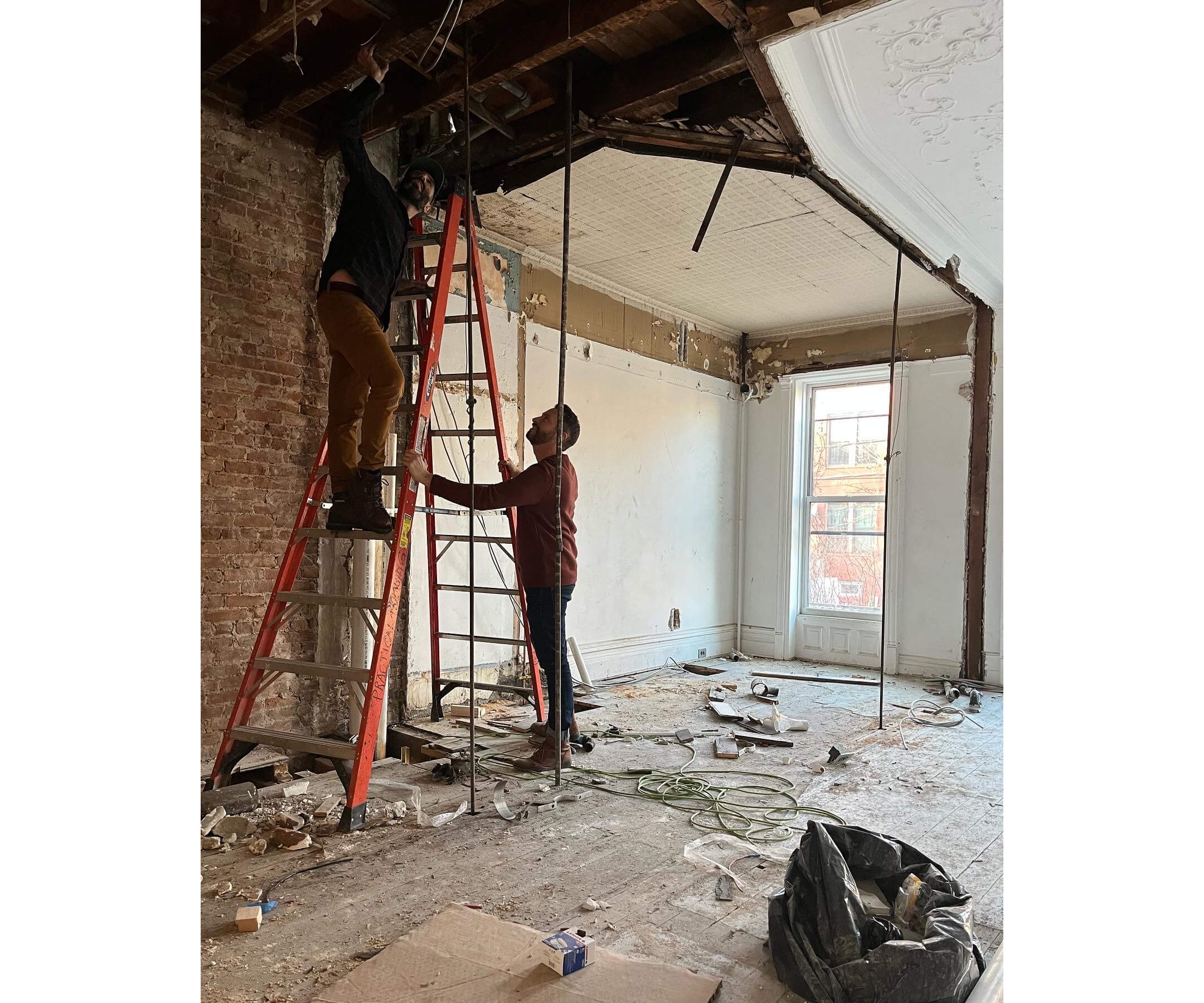
One last thing you should know is that our numbers reflect the costs in New York City. The low end of the range can be used for areas where the cost of living is less and the high end is for areas where the cost of living is higher. Costs for finish items would likely be the same since we get those items from all over the country and world and many of our suppliers are national.
Here are the numbers. This is the cost of a total home renovation per square foot:
- Budget-conscious reno with low-cost finishes, little to no structural work, and limited to no configuration changes: $125-$175 psf
- Mid-range reno with mostly basic finishes, some upgrades, some structural work, and some configuration changes: $175-$200 psf
- Mid-range reno with nice finishes, some splurges, a fair amount of structural work, and a lot of configuration changes: $200-$275 psf
- High-end renovation with structural work, total configuration change, and high-end finishes: $300-$400 psf
- Super high-end renovation with a name recognition architect, designer, and all high-end best-of-class finishes. $400 and up psf
Hopefully you can find yourself in one of those buckets and you can generalize the cost of renovating your fixer-upper or existing home. There are a lot of ranges there so if you’re having trouble landing on one, we would suggest that the once in a lifetime dream home you are envisioning is probably in the upper $200s to lower $300s per square foot.
If your scope includes an addition to the building, because there is so much foundation, concrete, steel and structural work, we would estimate that line item at $700 to $750 per square foot.
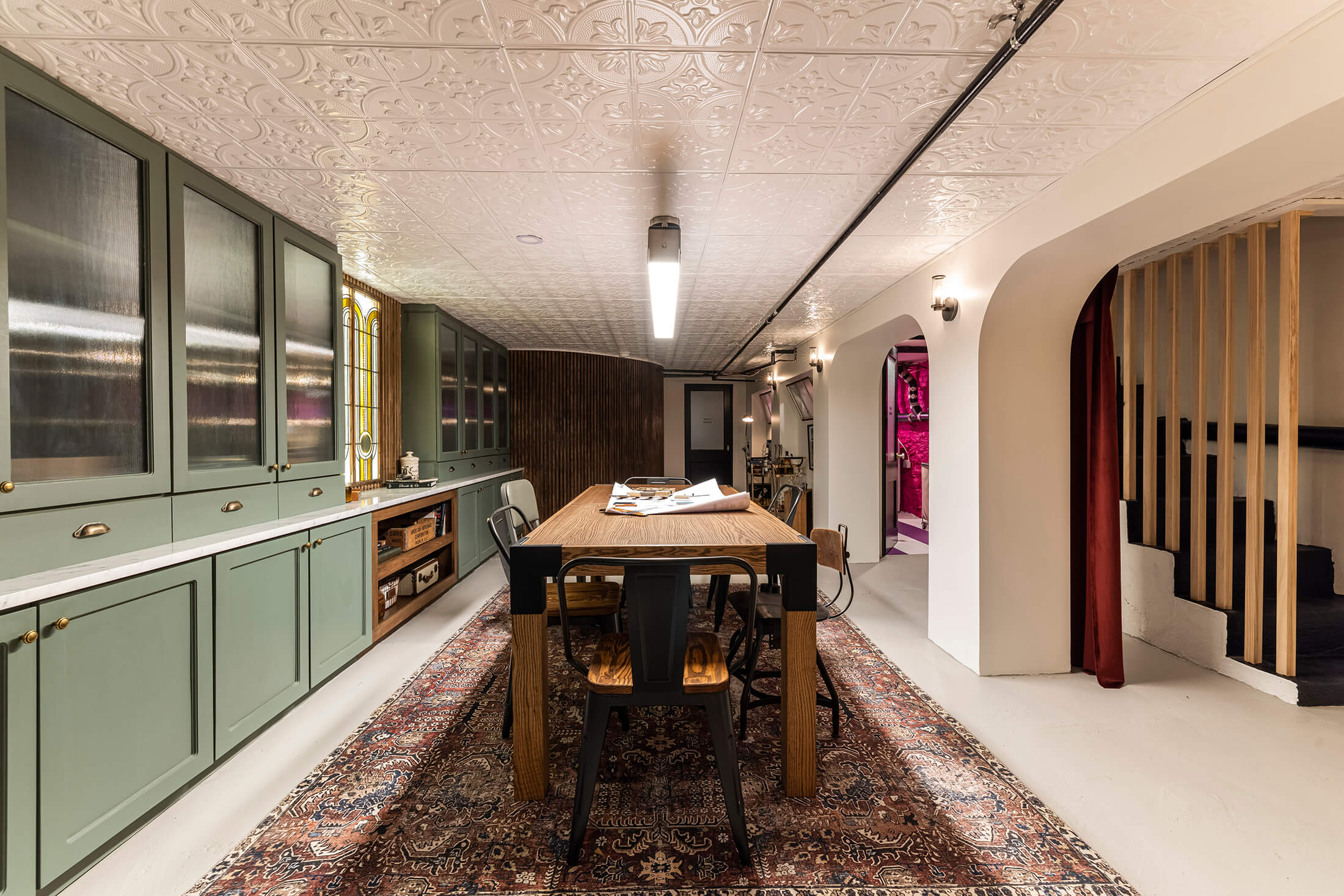
That gives you an idea of the hard costs of the renovation but there are other expenses you should take into consideration as well. Depending on the size of your project, you will likely need an architect, engineers and city filings. Those costs can vary depending on the scope but you’ll want to budget $35,000 to $60,000 (but it could be higher as well). If it’s a larger project and you won’t be living in the home during the process (we highly recommend that you don’t) you’ll want to include carrying costs like the mortgage, insurance, utility bills and/or alternative accommodations while the work is being done. These are all soft costs.
Finally, don’t forget to include a 10 percent to 15 percent contingency. There are almost always additional expenses that come up during the renovation. Once walls, floors and ceilings are opened up it’s quite possible that some unexpected repairs may be needed. You also may have to or want to alter a design to account for conditions on site. These items are called change orders. They can be stressful, so if you have a budget included for them, it can make the process much smoother.
Restoring and renovating a historic home can be a perfect path to owning a piece of history. It will have had many owners before you, some who may have arrived at its doorstep in horse and carriage, and it will likely have owners after you. These well lived in homes are often part of a thriving community that we hold dear, and being a part of its significant life is something that’s just very special. Happy renovating!
[Photos by Brownstone Boys]
Related Stories
- Brownstone Boys: How to Waterproof a Cellar
- Brownstone Boys: How We Gave Our Own DIY Spin to Vintage Doors
- Brownstone Boys: Some Things to Consider When Buying a Fixer Upper
Email tips@brownstoner.com with further comments, questions or tips. Follow Brownstoner on Twitter and Instagram, and like us on Facebook.





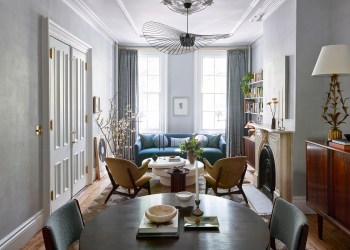
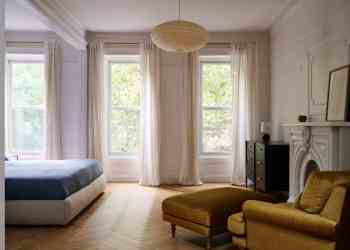


What's Your Take? Leave a Comment